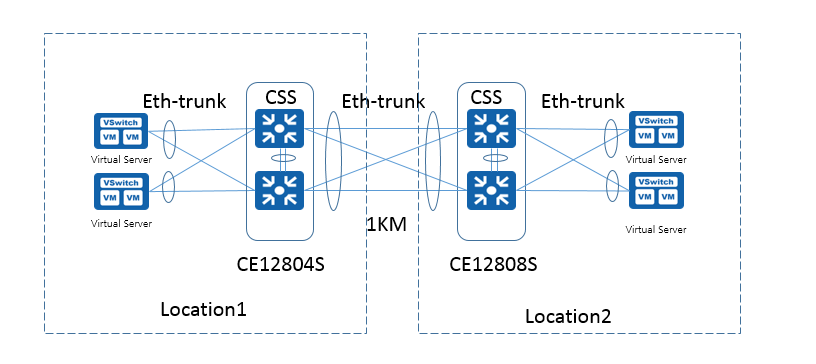A High-Speed DCN Solution from Huawei and GoVirtual for Germany MPI
Enterprise products, solutions & services
The Max Planck Institute for Heart and Lung Research — W.G. Kerckhoff Institute in Bad Nauheim is a research institute affiliated with the Max Planck Society. Founded in 1931, the institute researches the embryonic development of hearts, lungs, and the vascular system, as well as the processes for remodeling these organs, primarily in relation to disease. The institute focuses on methodologies applicable to the fields of molecular biology, gene therapy, and stem cell research.
The Max Planck Institute in Bad Nauheim needed a versatile and powerful solution for connecting two data center sites, as well as connecting individual servers so that the IT infrastructure could be updated. This essential work needed to be carried out in the most compact format possible due to a lack of space at the institute’s premises. The following conditions had to be satisfied:
CloudEngine switches optimized for data centers fulfill the requirements set by MPI Bad Nauheim, such as establishing the high connection bandwidths and a fail-safe architecture.
The servers in one location are linked to both CSS switches via a redundant connection. The trunk allows the numerous connections between the two locations to be actively used.

The CloudEngine series from Huawei comprises multiple variants customized for the specific number of available slots for interface boards. The team working on the MPI Bad Nauheim solution selected a 4-slot variant and an 8-slot variant -- the 4-slot variant proved to be the best option for the limited space at the institute’s premises. Another huge advantage of the CloudEngine solution is the fact that the same components can be used in all areas, including the controller unit, switching fabrics, interface boards, and even the power supply.
A single type of interface board is used in both CSS systems, meaning all necessary speeds are available in a single module. All of the individual ports for 10GE, 40GE, and even 100GE can be implemented and used at wire speed. As a result, a future increase in the bandwidth—between the data center locations, for example-can be implemented without any issues.
Huawei’s eSight Visual Management solution allows users to manage all Huawei network components in their network in a simple and cohesive manner. This applies to networks in data centers, on campuses, VC+UC and those used by service providers and energy providers. MPI Bad Nauheim also uses the eSight Management solution for administration, management and monitoring of its data center network components.